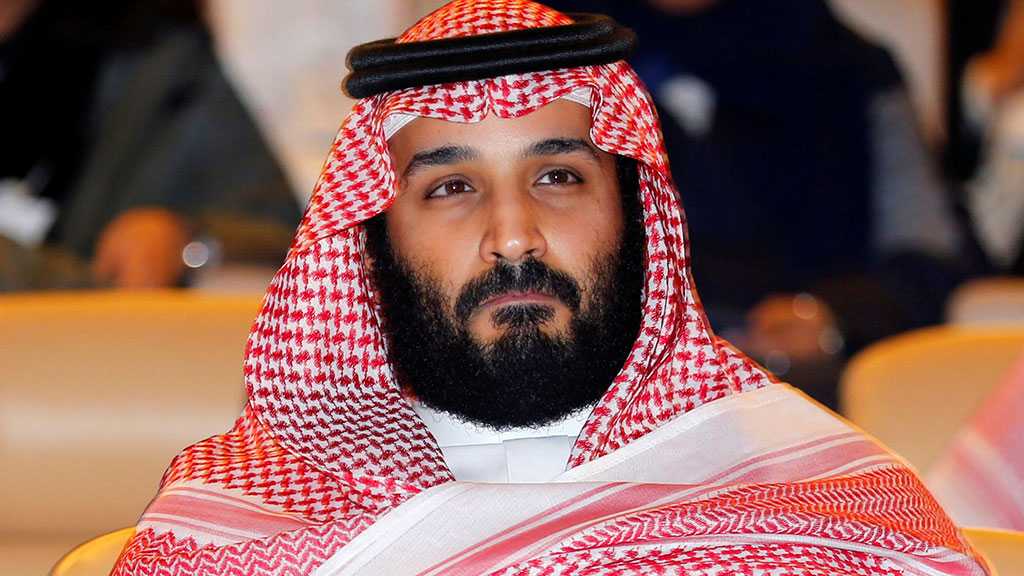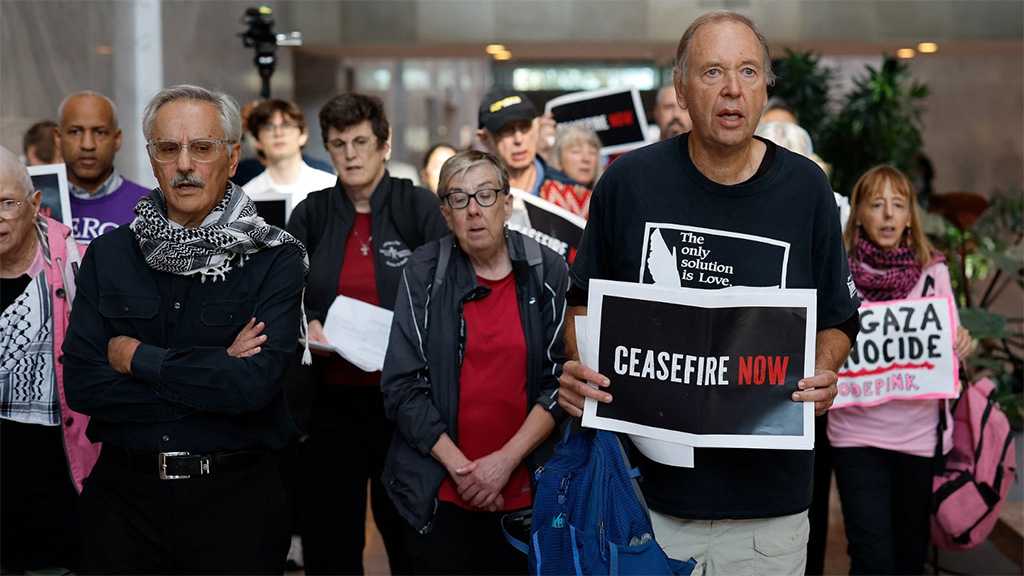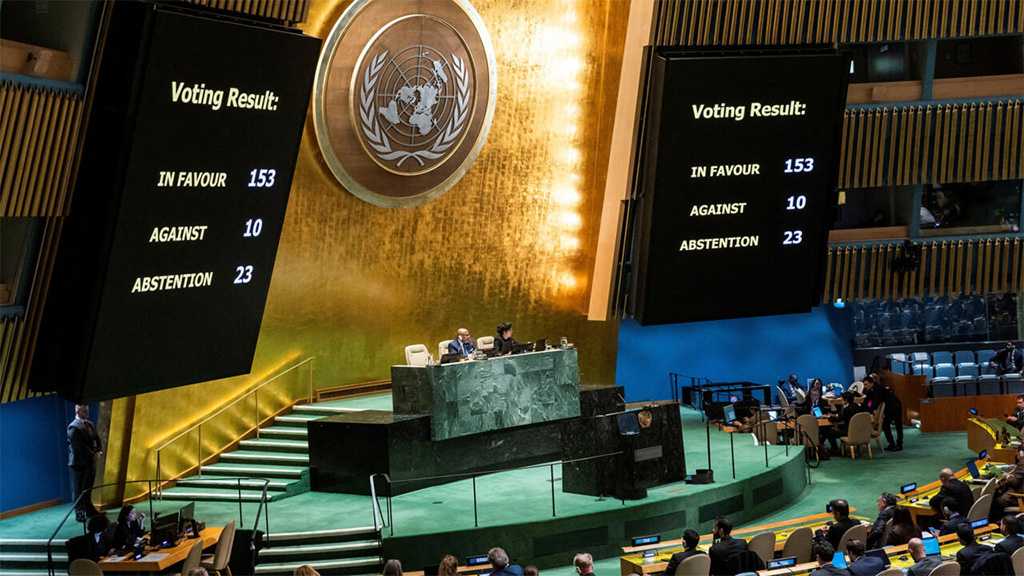
Shrunken Aramco Listing Could Crimp Saudi Crown Prince’s Bigger Plans

By Keith Johnson, Foreign Policy
Over the weekend, Saudi Arabia finally announced the terms of its hugely anticipated stock market listing of the most profitable company in the world, the oil giant Saudi Aramco. But the final price and size of the Aramco listing will be less than what Crown Prince Mohammed bin Salman long hoped for – and promised. On Sunday and Monday, Saudi officials canceled “roadshows” – pitch meetings with prospective investors—in Asia, Europe, and the United States. In the end, the vaunted coming-out party of Saudi Arabia’s crown jewel will be a local affair, with the shares sold almost exclusively to Saudi nationals and investment funds in Saudi Arabia, the Middle East, and countries like Russia and China.
That points toward a tough future for Mohammed bin Salman’s ambitious plans to wean the Saudi economy off oil – the basis for his Saudi Vision 2030 announced in 2016 – and entice foreign investors to pour hundreds of billions of dollars into the kingdom.
Wait, this was supposed to be the mother of all initial public offerings. What happened?
When Mohammed bin Salman first broached the idea of listing Aramco in 2016, Saudi officials and some investment bankers got starry-eyed, talking of potential valuations of the oil giant of about $10 trillion. Over the years, the crown prince also talked up the prospect of listing a decent chunk of the company’s shares – about 5 percent – which would have raised some $100 billion for Saudi coffers, meant to underwrite all the ambitious economic diversification plans in the crown prince’s Saudi Vision 2030 plan.
In the end, the stock market listing will be both smaller and cheaper than what Mohammed bin Salman wanted. On Sunday, Saudi officials announced the final terms of the listing, which will begin on Dec. 11: It will sell 1.5 percent of the company’s shares at a price range of between 30 and 32 Saudi riyals [between $8 and $8.52] a share. That works out to a valuation of $1.6 trillion to $1.7 trillion – still potentially the most valuable company in the world but less even than the more modest $2 trillion that the crown prince had come to expect.
And even the final valuation may have been a step too far for many international investors.
Why the apparent about-face on courting international investors? The whole point of the listing, in addition to raising cash, was to juice international investment to fund Saudi Vision 2030.
There are all sorts of reasons for big international investors to be leery of snapping up shares in Aramco – above and beyond the lingering reputational taint of doing business in Saudi Arabia after the gruesome killing of the Washington Post journalist Jamal Khashoggi in October 2018.
First and foremost, there’s the valuation itself. Big institutional investors wanted to see the company valued at most between $1.2 trillion and $1.5 trillion, not the higher range that finally prevailed. That’s because investors want to buy shares at an attractive price that gives them a chance to realize gains. Additionally, the higher valuation puts Aramco at a sharp premium to big profitable peers like ExxonMobil.
But with the outlook for the global economy dimming, oil prices stagnant, and especially with the US-China trade war weighing on global growth prospects, many investors couldn’t be sure that buying Aramco at full price would leave them with much, if any, upside over the next year or so.
“There’s been very limited appetite from international investors,” said Amrita Sen, the founding partner of Energy Aspects, a consultancy.
So the lukewarm international reception was all about the price?
Not quite. There are a host of other risks in investing in the oil business in general, and Aramco in particular, that weighed on investor sentiment. All companies preparing to go public publish a doorstopper of a prospectus that explains the company’s operations, its finances – and the potential risks it faces. Often, they’re pro forma; in Aramco’s case, the risks it laid out are multiple and very real.
Aramco doesn’t actually make decisions about how much oil to pump or how much to invest in developing new fields – the Saudi government does. It is also required to hold lots of spare oil production capacity in reserve, which costs money but gives the kingdom geopolitical leverage. That means the company could take decisions that are good for Saudi Arabia but not necessarily good for shareholders.
And that’s not all. The conflict between Saudi Arabia and Iran is still hot. In September, drones and missiles briefly knocked out the biggest oil installations in the world, at the country’s Abqaiq processing facility. [Many security experts believe Iran, not Houthi rebels in Yemen, carried out the attack]. Several Saudi oil tankers have been attacked at sea – again, with international consensus pointing the finger at Iran. Aramco itself highlighted the vulnerability of its IT systems to cyberattacks—something Iran has done in the past.
More generally, oil companies can be a tricky sell these days. There are risks of litigation around oil companies’ role in contributing to climate change, as ExxonMobil has found out in court in New York. Aramco could face its own unique litigation risk in the future as well, since the US Congress has again taken up legislation that could target Aramco as part of an antitrust challenge to OPEC, the international oil cartel that fixes production levels to prop up the price of oil.
There are still other worries, such as the future demand for oil products that are the bread and butter of Aramco’s business. While the company expects healthy global oil demand for at least the next decade, that’s hardly a sure thing, given the increasing focus on fighting climate change and the rapid adoption of electric cars. [That’s one reason Saudi Arabia forced Aramco to gobble up another state-owned Saudi firm, Sabic, before the stock market listing – that way it has a stronger position in petrochemicals like plastics that will still be needed even if electric cars displace gasoline- and diesel-fueled cars on the roads].
So what does this star-crossed listing say about Saudi Arabia and its ambitious plans for economic transformation?
Nothing encouraging. Saudi Arabia hoped to use the windfall to kick-start new economic projects, such as tourism. And while the listing could still bring in about $25 billion, that’s a far cry from what Mohammed bin Salman hoped for – or what he extracted from rich Saudis in his so-called anti-corruption drive between 2017 and 2019, in which he collected more than $100 billion.
To make Saudi Vision 2030 a reality, the crown prince needs to convince international investors, not just Saudis, to put money into the kingdom. But foreign investment in Saudi Arabia still hasn’t recovered to the levels it had just a few years ago – and is nowhere near attracting the kind of capital it needs if it is to transform a one-dimensional, oil-driven economy into a truly diversified one. And the lack of investor appetite for Aramco, which is incredibly profitable, highlights a broader lack of interest in pouring money into Saudi Arabia.
In the meantime, Saudi Arabia still needs cash. Oil prices, which were around $100 a barrel or higher from 2011 to 2014, have been stuck at $40 to $70 a barrel since. That represents a big hit to the oil-dependent Saudi budget, which has a lot of expenses, from underwriting expensive social programs at home to waging a war in Yemen. That helps explain Saudi Arabia’s rush to list even a small portion of Aramco shares, despite a tepid reception.
Mohammed bin Salman “needs the money desperately,” said Sen of Energy Aspects. “I would say, and this is my take, this listing is much more about revenue generation.”
Comments



